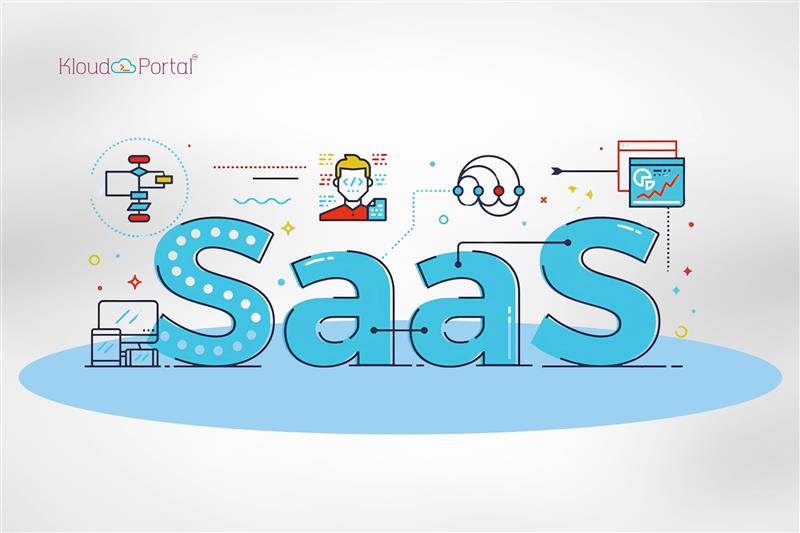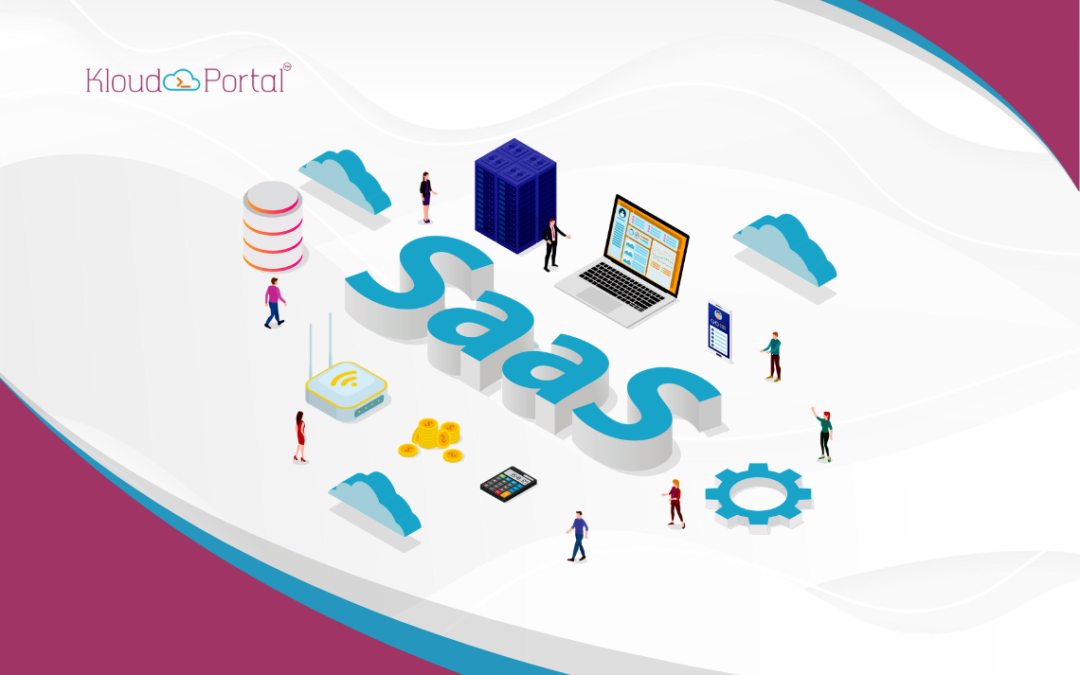It explores practical instances, uncovering the essence of the user experience, the artistry of UI/UX design, and the skillful integration of essential functionalities. These components together choreograph a triumphant narrative in the domain of SaaS products, reshaping the trajectory of customers’ experiences and propelling the SaaS company toward exceptional expansion.
Effective UX design in SaaS minimizes attrition rates, enhances customer acquisition and loyalty, elevates user engagement, empowers individuals, and sets the product apart in a competitive market. Optimal approaches for SaaS UX design encompass fostering customer trust, ensuring intuitive interaction, preemptively addressing user requirements, delivering delight, and crafting designs centered around user interests.
Effective SaaS Product Marketing user engagement and accelerates business growth through strategic campaigns and tailored messaging.
Significance of UX design in application development
Design plays a pivotal role in enhancing user experience by shaping how users interact with applications and products. A thoughtful design ensures intuitive navigation, minimizes complexity, and addresses user needs effectively, creating a seamless journey from onboarding to goal completion. By prioritizing consistency, accessibility, and mobile-friendly features, design not only improves usability but also fosters engagement and loyalty. Ultimately, great design transforms user interactions into meaningful experiences that drive satisfaction and long-term success.
- User-Centered Design: SaaS applications must address users’ needs and pain points. A well-executed SaaS UX design process ensures the application is user-centric, making it easier for SaaS users to achieve their goals efficiently.
- Customer Satisfaction and Retention: A seamless and intuitive user experience fosters client happiness, encouraging users to stick with the SaaS product. Increasing customer engagement, in turn, boosts customer retention rates, a vital metric for companies.
- User Journey Mapping: Understanding the user path is essential for crafting a design that aligns with user expectations. A simplified user journey map helps identify pain points and opportunities for improvement.
- Reduces Churn Rates: One of the most significant benefits of a good SaaS UX design is reducing customer churn rates.
Role of design in enhancing user experience
Design plays a pivotal role in enhancing user experience by shaping how users interact with applications and products. A thoughtful design ensures intuitive navigation, minimizes complexity, and addresses user needs effectively, creating a seamless journey from onboarding to goal completion. By prioritizing consistency, accessibility, and mobile-friendly features, design not only improves usability but also fosters engagement and loyalty. Ultimately, great design transforms user interactions into meaningful experiences that drive satisfaction and long-term success.
Here are a few best practices for UX design that can significantly enhance the effectiveness of SaaS applications:
- Simplified UX: Designing a customer journey ensures users navigate the application effortlessly. Minimize the number of steps required for users to achieve their goals.
- Onboarding Experience: A smooth onboarding registration process sets the tone for the user’s interaction with the application. Provide clear guidance and interactive tutorials to help users get started.
- Mobile-First Design: As more new users access SaaS apps through their mobile devices, it is imperative to prioritize mobile-friendly design to accommodate different screen sizes and interactions.
- UI/UX Design Consistency: Maintain a consistent design language throughout the application to create a cohesive and familiar user experience across different features and functionalities.
Optimizing UI/UX for SaaS Product Owners
In the competitive SaaS landscape, seamless UI/UX design is essential for driving user satisfaction, engagement, and retention. By prioritizing intuitive navigation, consistent design language, and user-centered approaches, SaaS product owners can create applications that not only meet user needs but also deliver value effortlessly. A well-optimized UI/UX fosters positive interactions, reduces churn rates, and ensures long-term success in a rapidly evolving digital market
Here are a few best practices for SaaS product owners to create seamless UI/UX:
- Responsive Design: Given the diverse range of devices and screen sizes users might use to access SaaS applications, ensure the UI/UX design is responsive and optimized for different SaaS platforms.
- Consistency in Design: Maintain consistency in design elements such as color schemes, typography, and icons across the SaaS application. Consistency creates a cohesive and familiar onboarding experience for users.
- Effective Information Architecture: Organize the application’s content and features logically. Use clear labeling and categorization to help users easily find what they want.
- Intuitive Navigation: Design a navigation system that is intuitive and easy to understand. Users should be able to move through the application without confusion or frustration.
Enhancing SaaS UX design: practical examples and best practices
- Understand Your Users: Conduct user research to understand your target audience’s needs, goals, and pain points. Create user personas to develop empathy and design with specific user profiles in mind.
- Intuitive Navigation: Design a clear, intuitive navigation system that helps users navigate the SaaS apps effortlessly. Use well-organized menus, breadcrumbs, and clear labels for navigation.
- Visual Hierarchy: Implement a clear visual hierarchy to guide users’ attention to important elements, such as call-to-action buttons and essential information architecture. Use color, size, and placement to differentiate between different levels of importance.
- Minimize Cognitive Load: Avoid overwhelming users with too much information on a single screen. Break down complex tasks into smaller, manageable steps to reduce cognitive load.
- Feedback and Micro-interactions: Provide immediate feedback for user actions, such as button clicks or form submissions. Implement micro-interactions like animations to make the user experience more engaging and responsive.
- Usability Testing: Regularly conduct user testing to identify pain points and areas for improvement. User feedback can guide design refinements and enhancements.
- Iterate and Improve: Continuously gather user feedback and iterate on the design based on real-world usage. Be open to making changes and improvements as user needs and preferences evolve.
As a frontrunner in India’s B2B SaaS Product Marketing Agency, we deliver exceptional marketing strategies for SaaS applications and products.
Real-life examples of successful SaaS UI/UX design
- Asana: This project management tool offers a clean and organized user interface focusing on task management. Its simple design and intuitive layouts make it easy for teams to collaborate and manage projects efficiently.
- Dropbox: Dropbox provides a straightforward file-sharing experience with drag-and-drop functionality. Its minimalist design allows users to upload, organize, and share files without confusion.
- Shopify: Shopify’s e-commerce platform boasts an intuitive SaaS interface design that empowers users to create online stores without technical expertise. Its user-friendly design allows merchants to manage SaaS products, orders, and customers effortlessly.
- Zendesk: The customer support system, Zendesk, offers an intuitive and clean interface. Its design focuses on simplicity, making it easy for users to navigate and manage customer interactions efficiently.
- HubSpot: This all-in-one marketing, sales, and SaaS service platform boasts a user-friendly interface that seamlessly guides users through various features. The design encourages users to explore and utilize the platform’s capabilities.
- Salesforce: This renowned CRM platform offers a user-friendly interface focusing on simplicity and functionality. Its clean design and intuitive navigation contribute to a positive user experience.
- Slack: The collaboration platform Slack strongly emphasizes effective communication and collaboration. Its user-focused design enables seamless interaction and efficient information exchange.
Improving SaaS UX designs requires a deep understanding of user needs and a commitment to refining the interface based on real-world usage. By implementing these best practices and drawing inspiration from successful examples, SaaS companies can create user experiences that increase customer satisfaction, engagement, and loyalty. A Best B2B SaaS Product Marketing Agency is a distinguished entity specializing in promoting and elevating Business-to-Business (B2B) Software as a Service (SaaS) products through strategic marketing initiatives.
Conclusion
In the ever-evolving world of SaaS software, the significance of SaaS UX design cannot be overstated. A well-crafted UX design enhances customer experience, increases user retention, and contributes to overall SaaS business success. Companies can create applications that resonate with modern users and build long-lasting customer loyalty by adopting best practices, mapping user journeys, and focusing on user-centric design. As the digital landscape continues to evolve, companies must prioritize UX design as a critical driver of customer acquisition and brand loyalty, ultimately leading to sustainable growth in the competitive market.




